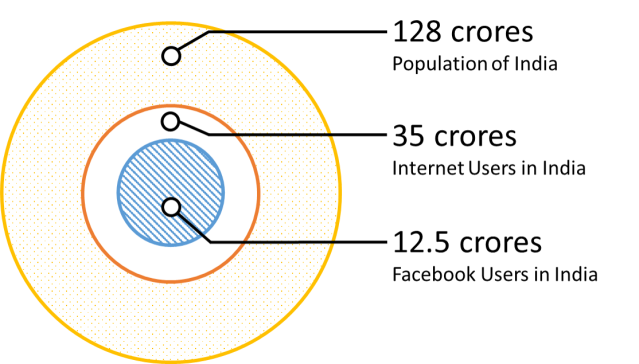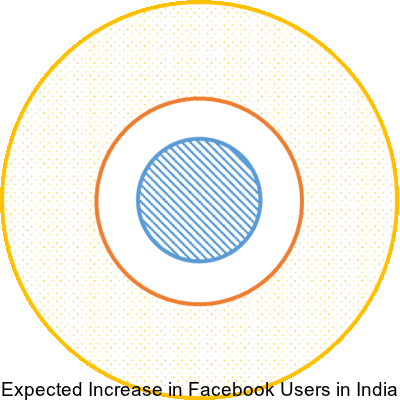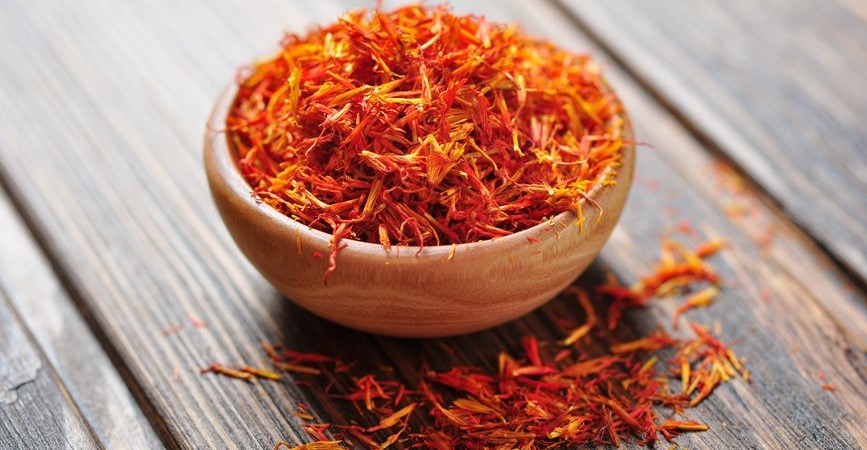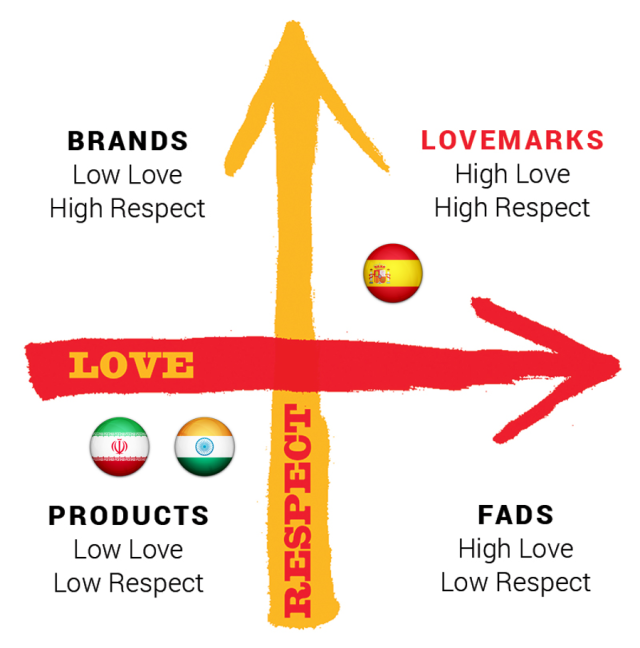There has been a lot of chatter recently about big billboards or full page adverts in national newspapers of “Free Basics” by Facebook. So does it make you wonder why Facebook is spending soo much money on something that it wants to give out free?
Some Basics
Net Neutrality
The principle that Internet service providers (like Reliance, Airtel) should enable access to all content and applications regardless of the source, and without favoring or blocking particular products or websites.
Free Basics (erstwhile internet.org)
Free Basics makes the internet accessible to more people by providing them access to a range of free basic services like news, maternal health, travel, local jobs, sports, communication, and local government information.
Why is Facebook giving away free internet (via tie-up with service providers)?
About a billion of India’s population does not have internet access. Out of those who have Internet access, only 12.5 crores use Facebook. Which means facebook still has a potential client list of around 116 crore Indians.

However, to bring these users onto Facebook, the first step is to increase internet penetration in India. Here is where Free Basics comes in. It is offering free basic internet connectivity to bring more users onto the net.

Now imagine if a current user base of 155 crores worldwide gives Facebook a market capitalization of $ 288 billions (Rs 19,23,480 crores approx) what would another 116 crores add? So when Mark Zuckerberg tells us his campaign is for benefit of the poor in India, I feel it is quite a brilliant business strategy.
What about profits? Does Facebook earn profits from the campaign?
Zuckerberg says there aren’t any adverts on Free Basics version of Facebook. But Facebook has not ruled out showing adverts on Free Basics in future. Also if we believe Facebook’s claim that 50 per cent of new internet users upgrade from Free Basics to the paid internet, then you have a steady stream of people moving on to Facebook’s full site.
Imagine a situation where a single organisation has the ability to reach a billion people together. The marketing reach as well as Facebook’s ability to command prices of its adverts in the future shall become unchallenged and unparalleled.
The size of the Indian Internet Market in terms of gross merchandise value is likely to rise from $11 billion in 2013 to $137 billion by 2020 according to a Morgan Stanley Report. This gives a phenomenal compound annual growth rate (CAGR) of 43%. Facebook will leverage its position as a market leader and boost its revenues as well in the rapidly expanding internet market.
What about moral duties and net neutrality?
Violation of Net Neutrality may be wrong morally and may be detrimental to consumer interest in the long run, but as a business strategy, Facebook is doing everything right! The moral outrage may become a thorn in the eye for Zukerburg and a PR nightmare but as Mario Puzo puts in the Godfather “It’s not personal. It’s strictly business”.
Questions? Suggestions? Got something to add? We would like to hear from you.
Want a slice of the Indian Internet Market? Want to create your online brand presence? Contact us.



